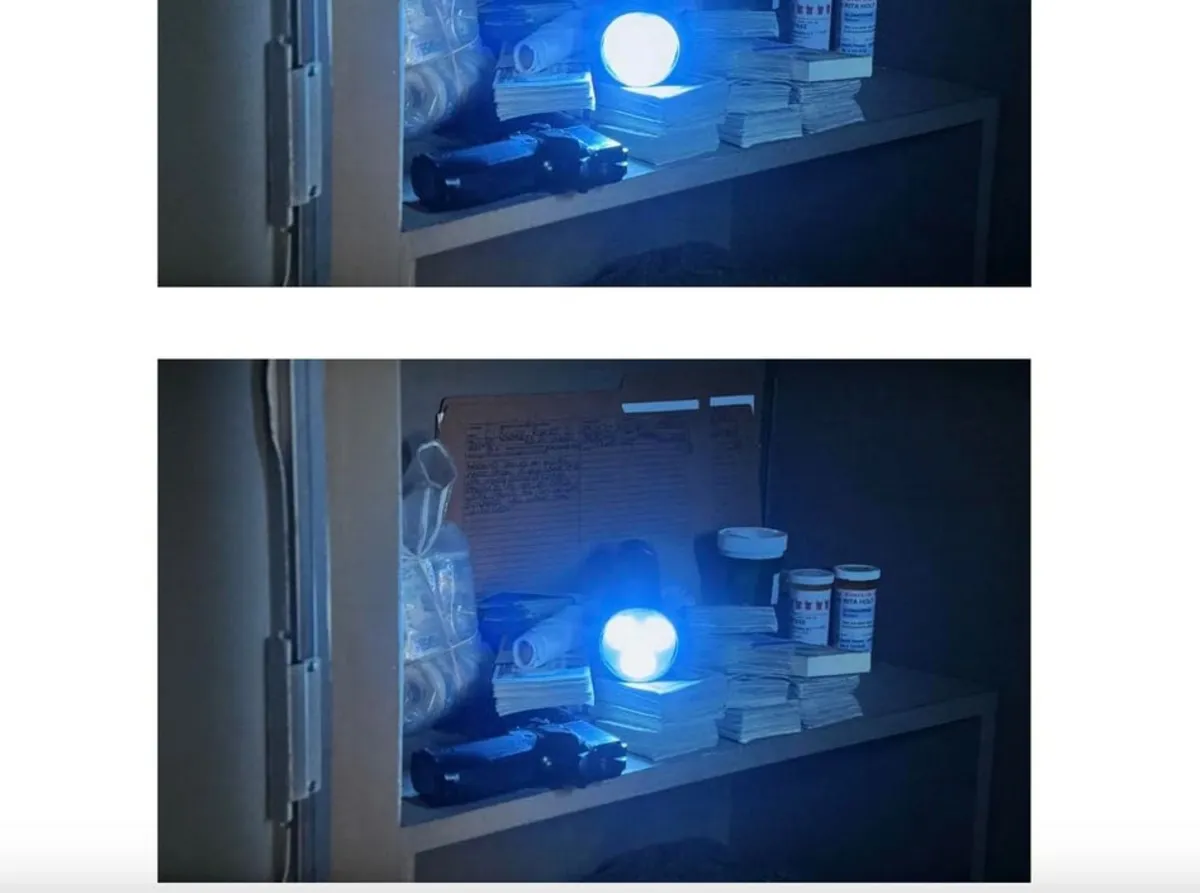
Netflix has recently announced an exciting new feature aimed at enhancing the picture quality for its millions of subscribers worldwide. The streaming giant has added support for the HDR10+ high dynamic range video format, a premium type of HDR that provides additional scene-by-scene picture data. This enhancement allows compatible TVs to reproduce more accurate, more detailed, and typically more dynamic looking HDR visuals, significantly improving the viewing experience.
For years, Netflix has offered HDR content to its premium tier subscribers, primarily in the core HDR10 format and Dolby Vision. While HDR10 provides a standard level of HDR quality, it lacks the specific scene-by-scene image information that HDR10+ offers. On the other hand, Dolby Vision also includes this extra data but is not universally supported across all TV brands. A notable example is Samsung, which has never adopted Dolby Vision, instead championing the development of HDR10+ as a free alternative.
Samsung has maintained its position as the world's leading TV manufacturer for 19 consecutive years. Its absence of Dolby Vision support means there are millions of potential Netflix subscribers whose TVs have been limited to the basic HDR10 format. Furthermore, many other TVs and projectors that support HDR10+ but not Dolby Vision exist globally. This strategic move by Netflix to incorporate HDR10+ aligns it with other streaming services like Apple TV+, Disney+, and Amazon Prime Video, which already offer similar support.
A quick exploration of Netflix's HDR content reveals that HDR10+ support has already been implemented across a wide array of titles. This includes not only Netflix’s original productions but also popular third-party films like Universal’s Super Mario Bros Movie and No Hard Feelings. According to a post on Netflix's Tech Blog, the company has been diligently working on creating HDR10+ streams for both new releases and existing popular HDR titles.
Notably, Netflix claims that HDR10+ now accounts for 50% of all “eligible viewing hours” on the platform. The tech giant aims to expand its HDR10+ offerings further, with the goal of providing an HDR10+ experience for all HDR titles by the end of this year. Given the current breadth of HDR content available, this ambitious target seems achievable over the coming months.
Netflix's HDR10+ streams utilize the AV1 video codec, known for its efficiency. Initially implemented for standard dynamic range (SDR) streams, Netflix anticipates that the use of AV1 for HDR10+ will soon establish it as the most streamed codec on the platform, surpassing the traditional H.264/AVC system. To access HDR10+ streams, subscribers will need a Netflix Premium plan alongside an HDR10+ and AV1-capable TV or streaming device.
For viewers with TVs that support Dolby Vision, there is no need for concern. The addition of HDR10+ will not replace Netflix's existing support for Dolby Vision. According to the Netflix Tech Blog, the platform will continue to accept only Dolby Vision masters for content delivery, ensuring that all HDR formats can be derived efficiently from a single Dolby Vision deliverable. Additionally, tests suggest that for TVs capable of playing both HDR10+ and Dolby Vision, Netflix will default to the Dolby Vision stream when available.
With the addition of HDR10+ support, Netflix is poised to significantly enhance the streaming experience for a vast array of viewers, particularly those using Samsung and other compatible TVs. As the platform continues to expand its HDR offerings, subscribers can look forward to an increasingly vibrant and dynamic viewing experience.